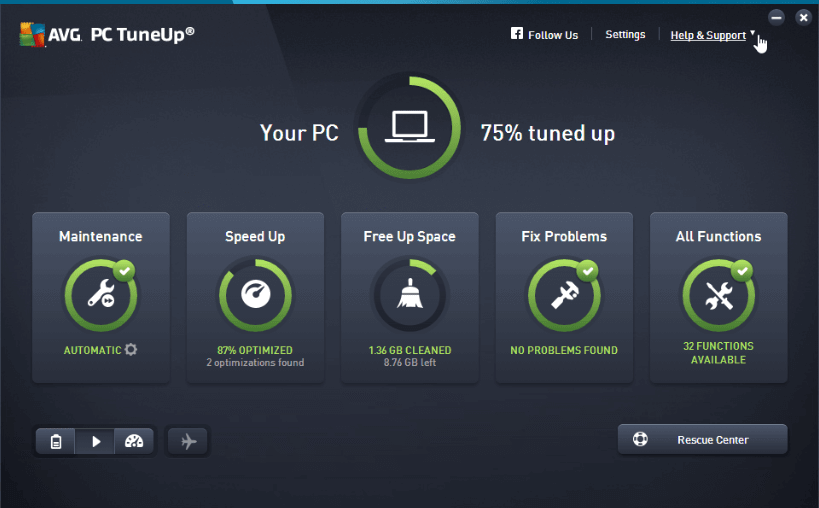
Let’s be honest: Macs are as gorgeous and reliable as they come. Follow the steps listed on Apple’s support page but remember: this measure is temporary, and you will still need to look for malware on Mac. Miraculously, you can sometimes avert disaster by simply creating a new user profile.
#Whats iantivirus mac mac
Many viruses on Mac cling to a certain user instead of being device-specific. For details, consult Apple’s official manual.

Simply restore your Mac from a backup that was made before any signs of the virus were present on your machine. It’s easy to perform a rollback of your system with this brilliant feature - provided you’ve been making regular backups on your device. To confirm your new settings, click the lock icon again.Click the minus sign to remove the items.Check the boxes next to all suspicious login items.In the lower-left portion of the pop-up, click the lock icon.You can stop this from happening in a few simple steps. Malware often quietly starts working as soon as you log into your Mac. Move the files you need to other folders, then delete everything else, and empty the Trash. There is a chance malware could be hiding among other downloaded files, so a preemptive purge could save you from trouble. Open the Extensions tab and tick boxes next to suspicious extensions.ĥ. If the current address looks unfamiliar, change it to a preferred page.Ĥ. In the Homepage field, check the homepage address.ģ. Open Safari and go to Preferences > General.Ģ. To remove unwanted Safari extensions, do the following:ġ. While the process is fairly similar in all browsers, it’s best to refer to your program’s help page for details. Why? Because hijackers could divert your traffic and spy on you or steal your data. Search the corresponding file names in Finder and delete themĬheck browser settings and remove unknown extensions.Click the X in the upper-left area of the window to close the chosen apps.Go through the list of apps and search for ones with abnormally high CPU or memory usage.

Go to Applications > Utilities > Activity Monitor.Sometimes you need to stop malware from running on your Mac before you can remove it.
#Whats iantivirus mac software
Make sure you remove hidden files, too - check out the detailed guide to the deletion of app leftovers.įor tighter security, restrict the sources of software allowed to be installed on your Mac.įollow Apple’s recommendations for more details. Scroll through the list of apps deleting any you don’t recognize.Open Finder and go to the Applications folder.
#Whats iantivirus mac how to
Here’s how to see if your Mac has a virus: If you don’t remember installing an app or haven’t used it for a while, it probably shouldn’t be there. Malware often creeps into your system along with legitimate software. But what if you don’t have one? Or maybe you want to embrace the hands-on approach to malware detection and removal? In either case, the following advice will do the trick. How to check if your Mac has a virus with built-in toolsĪ good antivirus should offer you the simplest way to detect malware on Mac. Select the detected malware and click Delete.Click Quick Scan and wait until the scan is finished.

And there’s no surer way to search for viruses on a Mac than to use a reliable anti-malware app like Clario.

It’s time to scan the Mac for malware if it shows any signs of infection or starts behaving strangely. How to scan your Mac for malware and remove it If your friends start receiving spam from your social media accounts or email, your Mac may have been infected with a virus.īefore we put up a fight, let’s make sure our enemy is real.


 0 kommentar(er)
0 kommentar(er)
